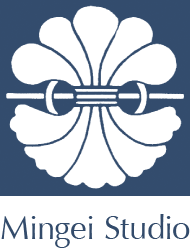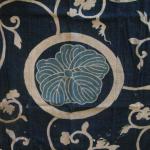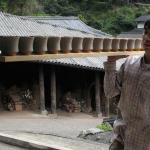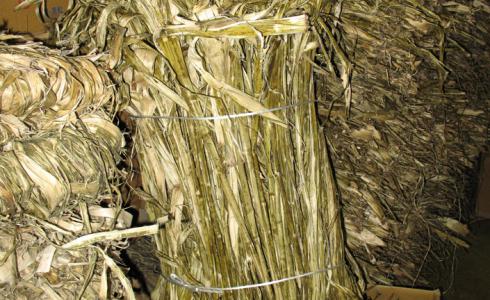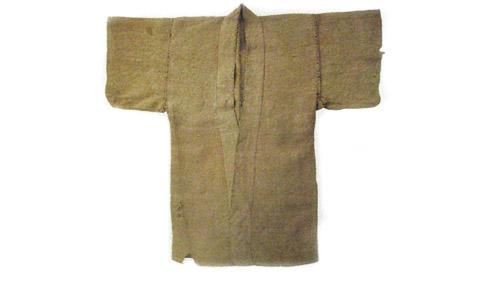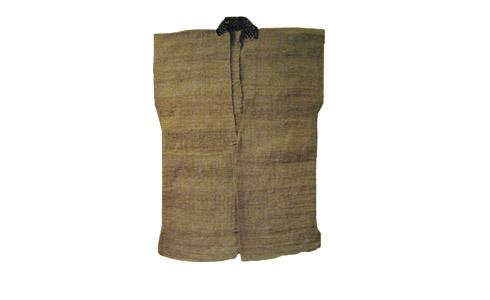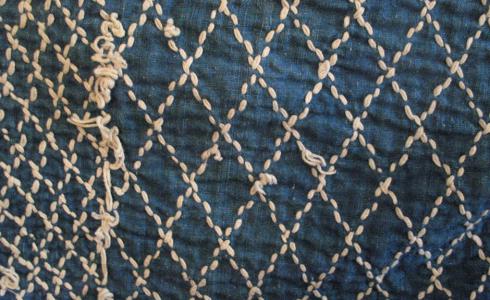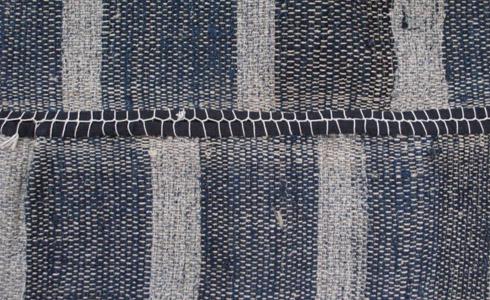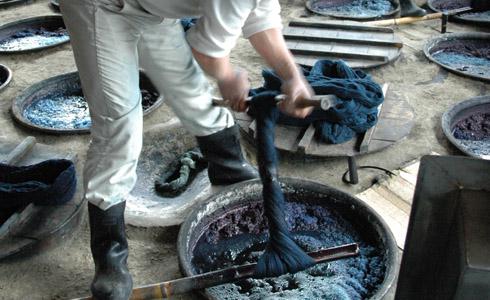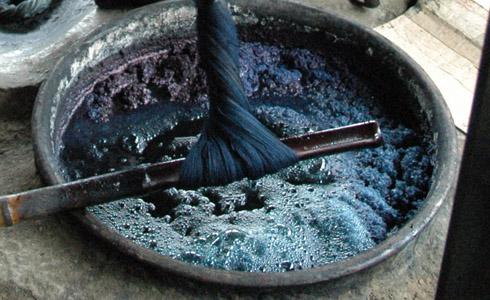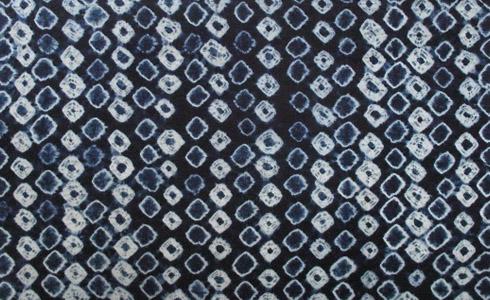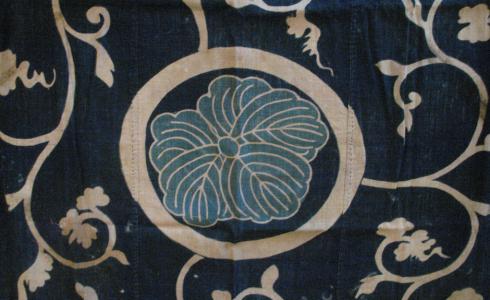Mingei, the crafts movement of the 1920s in Japan, acknowledges the unconscious arts of anonymous craftsmen; simple, beautiful, functional wares for everyday use, made from clay, cotton, bast fibres, wood, metal and bamboo.
It was Soetsu Yanagi (1889 - 1961) who began rescuing lowly pots and cloths made and used by ordinary people. In the wake of industrialism, fearing these arts could be lost, Yanagi with his companions Shoji Hamada, Bernard Leach and Kanjiro Kawai, sought to counteract the desire for cheap, mass-produced products by supporting the work of ordinary craftsmen who understood the spiritual and practical needs of life. The Mingei movement is responsible for keeping alive many traditions today: everyday functional wares produced by hand, in quantity, deriving from a mastery of material and technique through repetition… thereby making for a simple and attractive way of life.
Ceramics
Japan has an extremely rich ceramics history. As an example… with little change for hundreds of years, everyday utensils are still being produced from the kilns of Onda village in Kyushu
Textiles
Japan has an extremely rich textile history. Until the general availability of cotton to the countryside of Japan in the 19th century, the clothing of farmers and fishermen in the mountainous north was made of fibres such as hemp, wisteria, paper mulberry. For people living in these remote areas, cotton rags were a treasure, providing the raw materials for saki-ori, woven with a torn cotton weft and a warp of hemp.
For warmth and for patching, sashiko stitching, of hemp or thick cotton thread, held layers of fibres and cloths together. A few clothes could be worn for a lifetime this way.
Indigo Dye
By the 17th century Edo period, the Japanese weaver had a variety of dyes available. The most widely used was indigo, extracted from the leaves of the indigo plant.
Historically, the colour and dye, indigo, is very important, for it was stipulated as the colour of the merchant and farming people of the Edo period when Japan was cut off from the rest of the world for 250 years.
Dried indigo leaves, watered and left to ferment, made the composted balls of indigo for the dye bath.
Cloth could then be dyed in deep vats, using the techniques of shibori (tied, wrapped to resist dye), tsutsugaki (rice resist applied through a cone) or katazome (rice resist applied through a paper stencil).
As well, threads for warp and weft could be resist tied with a calculated pattern, dyed in vats of indigo, before releasing the ties and weaving. This is kasuri.
All of these traditions continue today.
